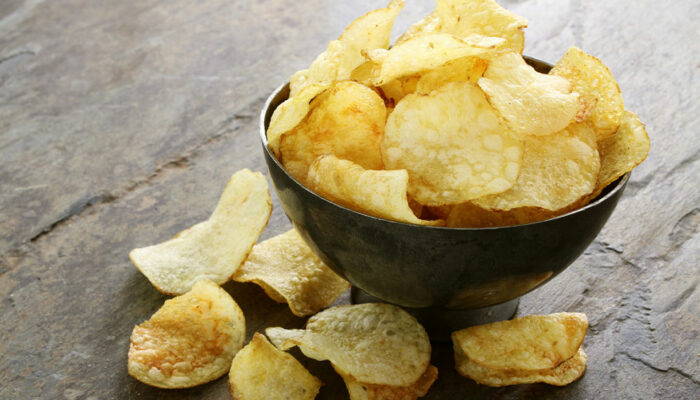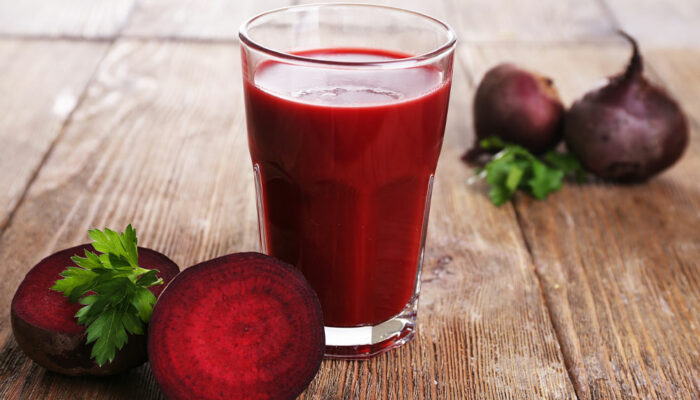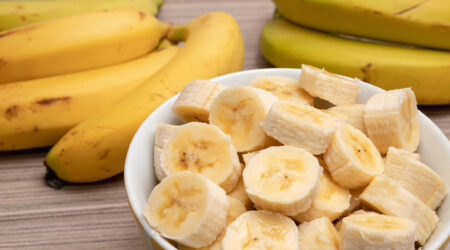
Avoid These 7 Things for Healthy, Glowing Skin
Do you want healthy, glowing skin but don’t know where to start? Although many products and treatments promise perfect skin, the best way to get that is to keep the skincare routine simple. Eating right, exercising regularly, drinking plenty of water, getting enough sleep, and maintaining proper hygiene can help maintain skin health. Additionally, from relying too much on moisturizers to not wearing sunscreen, here are things to avoid doing for healthy, youthful skin. Not using sunscreen To protect the skin from the sun, using a tinted moisturizer sunscreen for the face is a great first step. Excessive exposure to the sun’s harmful UV rays will cause the skin to age prematurely without protection. The skin also becomes more prone to wrinkles, freckles, dark spots, and other signs of sun damage. Furthermore, not using sunscreen increases the risk of developing skin cancer and eczema, which can affect overall health. Sunscreen protects one from the sun’s rays, along with pollutants and toxins in the environment that could otherwise be absorbed into the skin. Investing in a tinted moisturizer sunscreen can protect the face and help even the skin tone Constantly touching the face All kinds of pollutants that stick to the hands, from dust particles to bacteria from the environment, can be transferred to the face with just a touch. Over time, these particles can irritate the skin and lead to long-term health issues, including skin infections, eczema symptoms, and inflammation. Further, touching the face can increase oil production, which clogs pores and creates a breeding ground for bacteria. This makes the skin prone to acne and pimples. This is why frequently washing hands and avoiding touching the face often are key measures for skin health. Apart from skin woes, having clean hands is one of the most basic steps toward good health.
Read More 









